Back to Courses
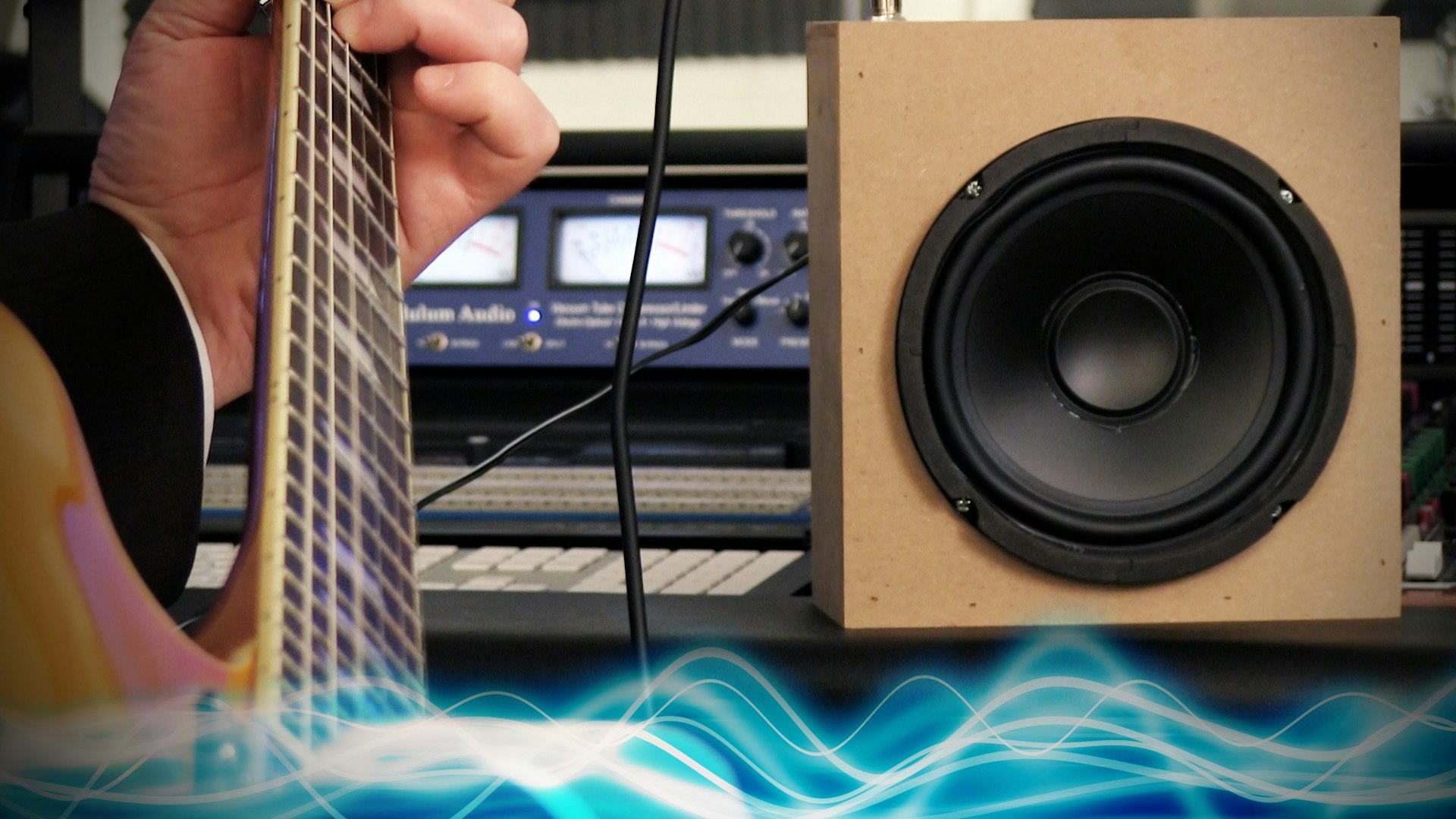
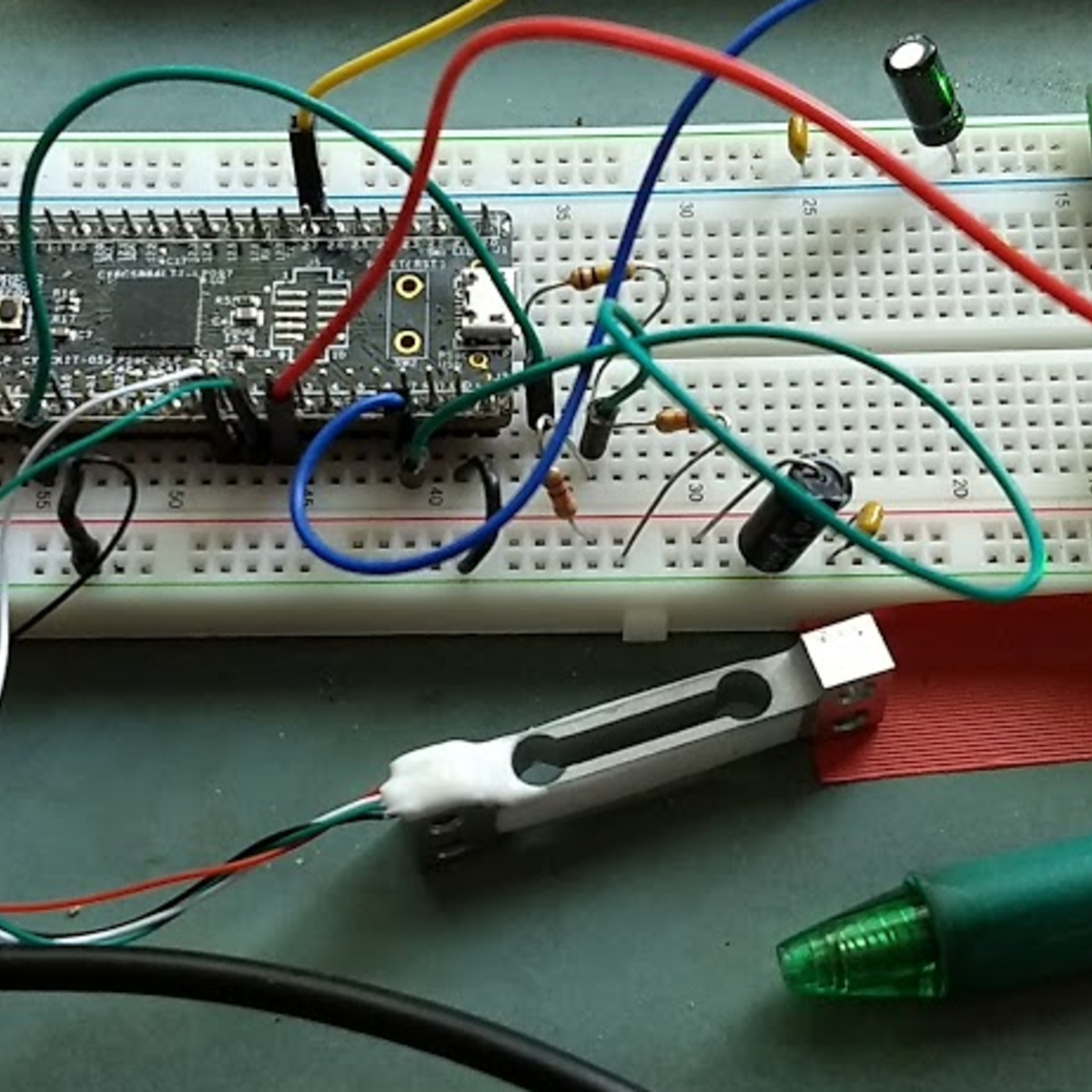
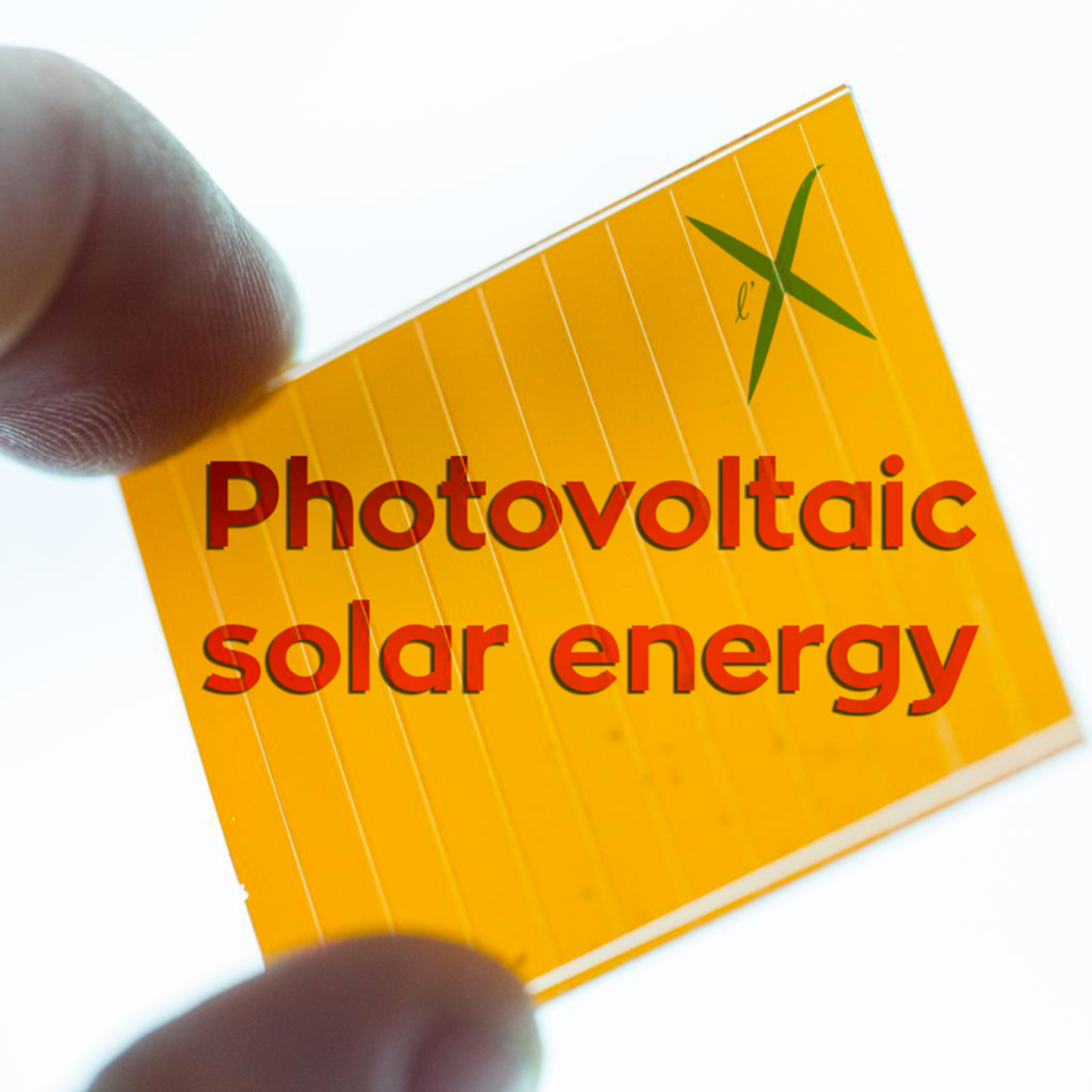


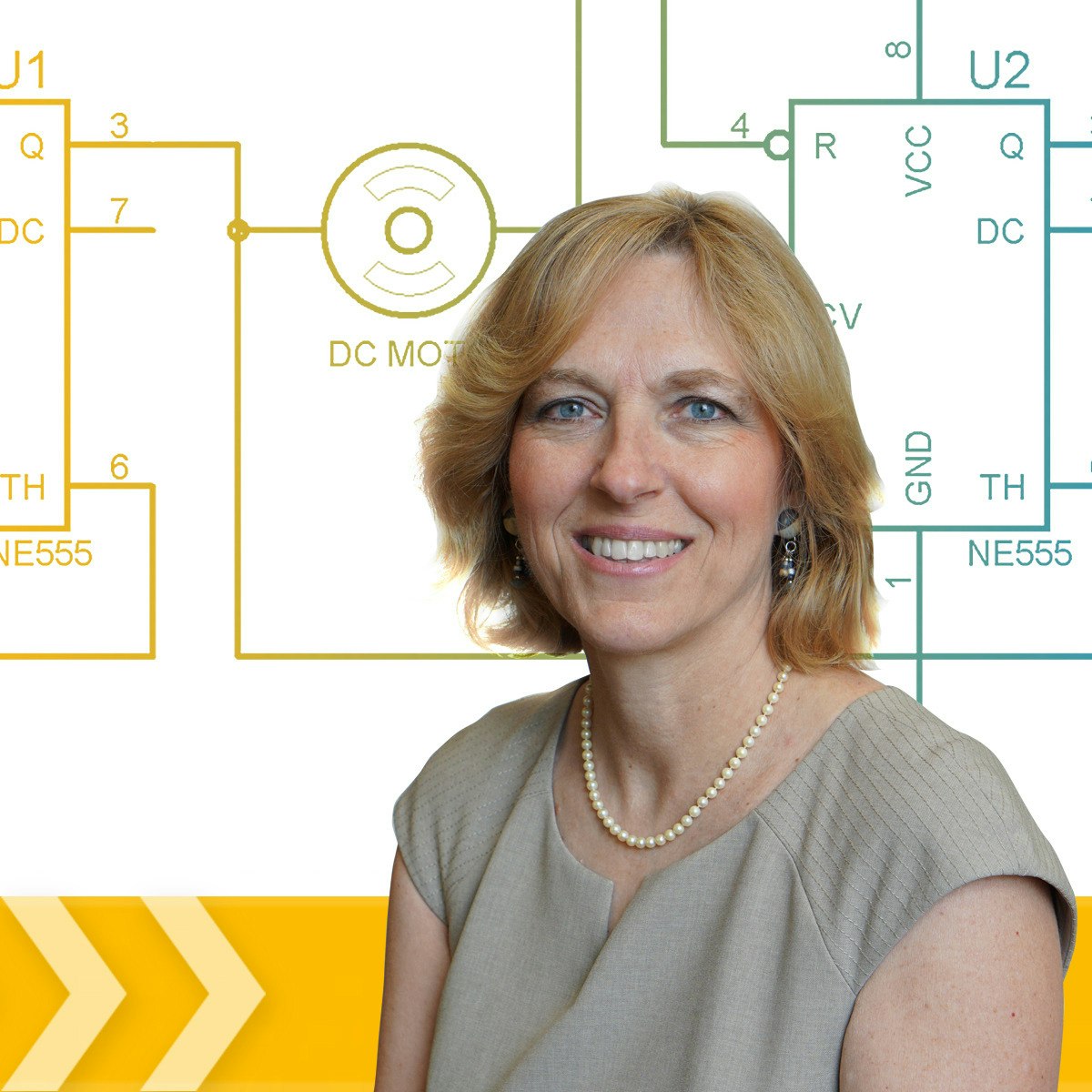
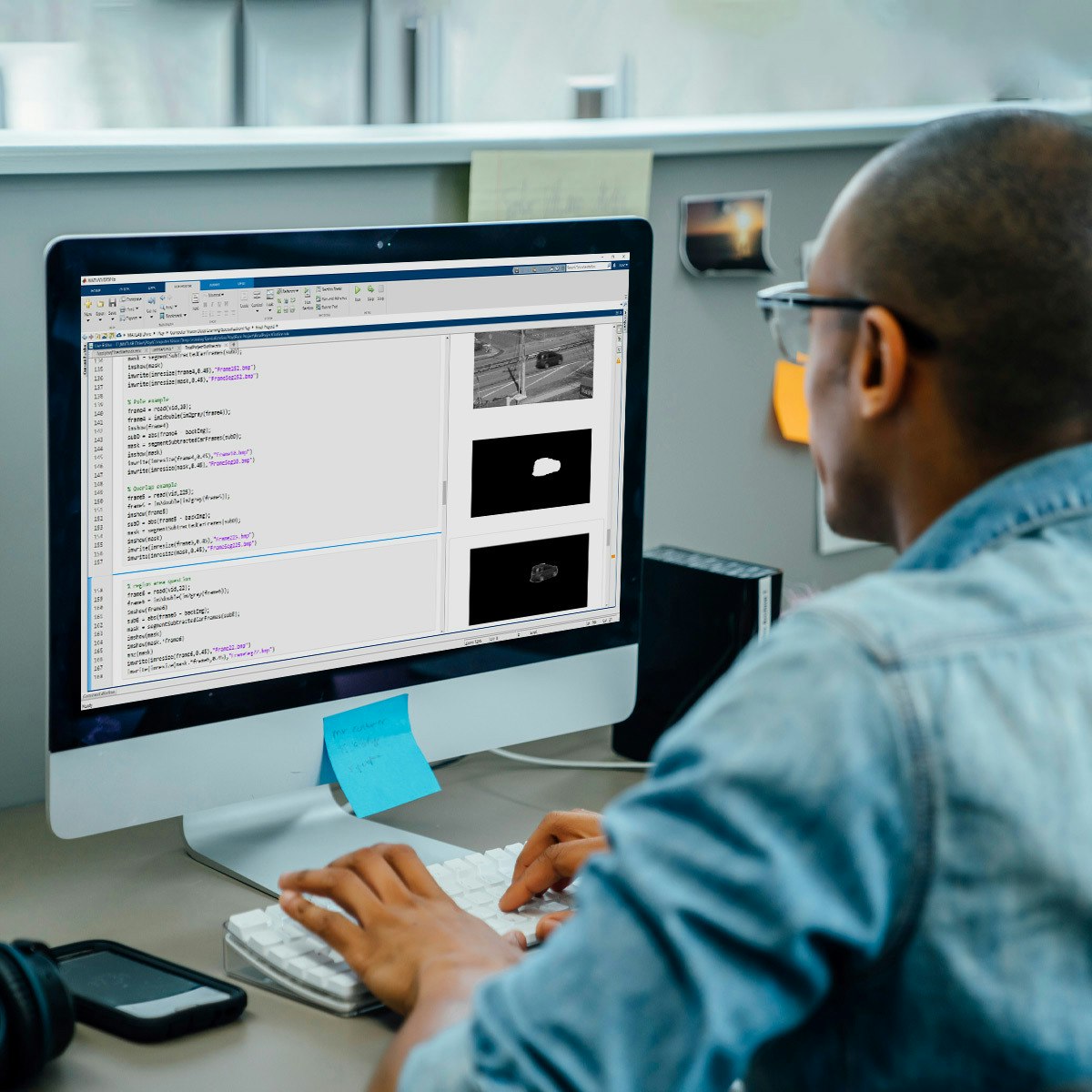
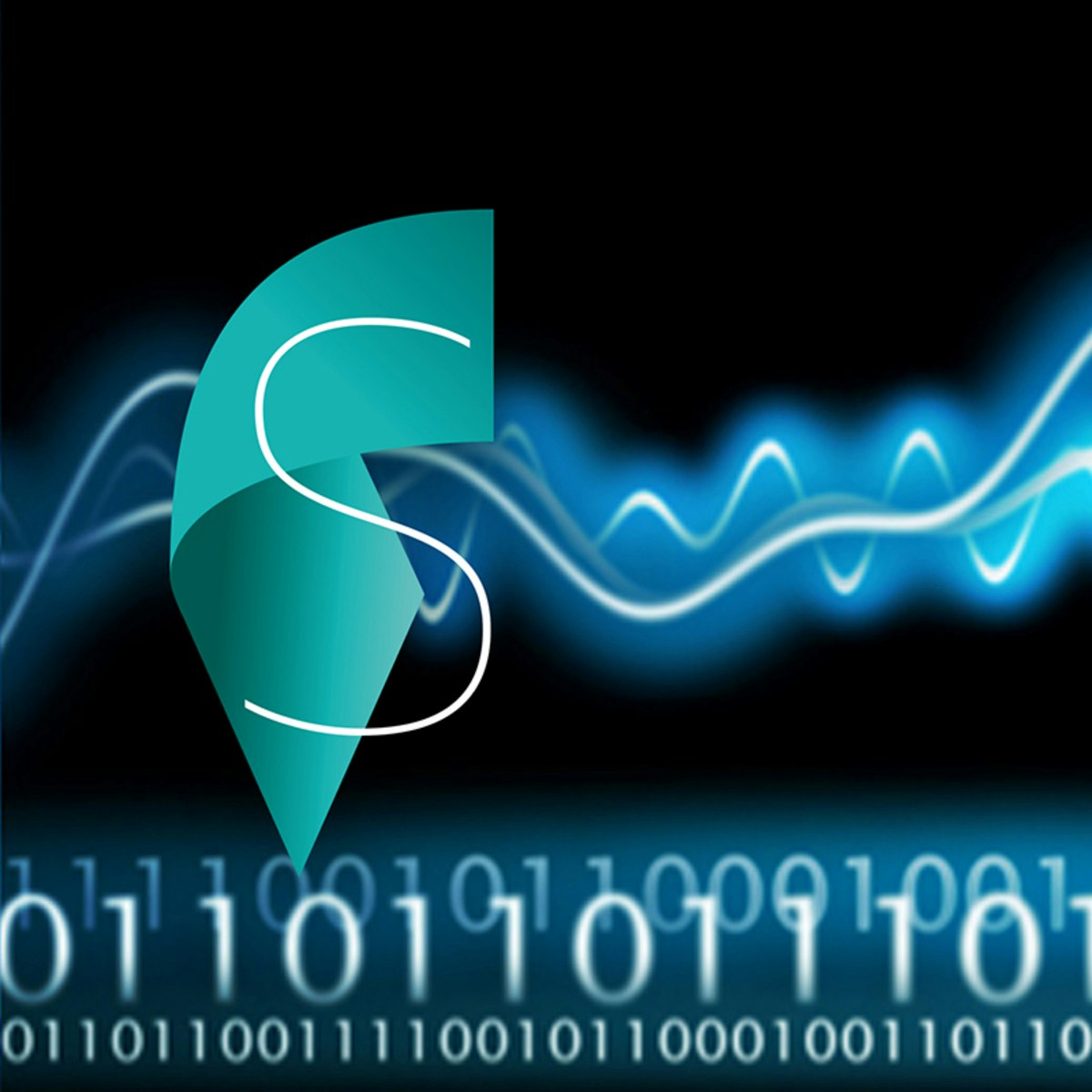

Electrical Engineering Courses - Page 6
Showing results 51-60 of 141

Averaged-Switch Modeling and Simulation
This course can also be taken for academic credit as ECEA 5705, part of CU Boulder’s Master of Science in Electrical Engineering degree.
This is Course #1 in the Modeling and Control of Power Electronics course sequence. The course is focused on practical design-oriented modeling and control of pulse-width modulated switched mode power converters using analytical and simulation tools in time and frequency domains. A design-oriented analysis technique known as the Middlebrook's feedback theorem is introduced and applied to analysis and design of voltage regulators and other feedback circuits. Furthermore, it is shown how circuit averaging and averaged-switch modeling techniques lead to converter averaged models suitable for hand analysis, computer-aided analysis, and simulations of converters. After completion of this course, the student will be able to practice design of high-performance control loops around switched-mode power converters using analytical and simulation techniques.
We strongly recommend students complete the CU Boulder Power Electronics specialization before enrolling in this course (course numbers provided for students in CU Boulder's MS-EE program):
● Introduction to Power Electronics (ECEA 5700)
● Converter Circuits (ECEA 5701)
● Converter Control (ECEA 5702)
After completing this course, you will be able to:
● Explain operation and modeling of switched-mode power converters
● Model open-loop transfer functions and frequency responses
● Design closed-loop regulated switched-mode power converters
● Verify operation of switched-mode power converters by simulations
● Understand the Feedback Theorem principles
● Apply the Feedback Theorem to practical design examples
● Derive averaged switch models of and averaged circuit models of power converters
● Apply averaged-switch modeling techniques to analysis and design and simulations of power converters

Fundamentals of Audio and Music Engineering: Part 1 Musical Sound & Electronics
In this course students learn the basic concepts of acoustics and electronics and how they can applied to understand musical sound and make music with electronic instruments. Topics include: sound waves, musical sound, basic electronics, and applications of these basic principles in amplifiers and speaker design.

Pressure, Force, Motion, and Humidity Sensors
"Pressure, Force, Motion, and Humidity Sensors" can also be taken for academic credit as ECEA 5342, part of CU Boulder’s Master of Science in Electrical Engineering degree.
This is our third course in our specialization on Embedding Sensor and Motors. To get the most out of this course, you should first take our first course entitled Sensors and Sensor Circuits. Our first course gives you a tutorial on how to use the hardware and software development kit we have chosen for the lab exercises. This third course assumes that you already know how to use the kit.
After taking this course, you will be able to:
● Understand how to specify the proper AC or DC motor for a machine design.
● Integrate the motor to a machine, based on analysis of motor equations for voltage, current, torque and speed.
● Implement the motor and accompanying rotary sensor into a motor control circuit in both hardware and software.
● Add a motor and motor control circuit into a microprocessor based development kit.
● Create hardware and firmware to process motor feedback data to a microprocessor for further evaluation.
After taking this course, you will be able to:
● Understand how to specify the proper pressure, force, strain, position, motion, acceleration, occupancy, and humidity sensors for taking real-time process data.
● Implement these sensors into an embedded system in both hardware and software.
● Add the sensor and sensor interface into a microprocessor based development kit.
● Create hardware and firmware to process sensor signals and feed data to a microprocessor for further evaluation.
In this course you will build the circuit from Video 7 (Lab Exercise on strain gauges), Module 2 (Force and Strain Sensors and Touch Screens), and use it to make screen shots of the timing of the switch. If you haven't already wired up the system and written all the software per the instructions of Video 7, please do so now.
You will need to buy the following components to complete this assignment. Note that if you have already purchased the PSOC 5LP PROTOTYPING KIT, you do not need to buy it again.
These parts may be purchased off the Digikey web site, www. Digikey.com. One part needs to be purchased off the Sparkfun website www.sparkfun.com. Or, you may obtain the specs from the site, and purchase them elsewhere.
Digikey Part numbers are typed out here:
428-3390-ND
CF14JT22K0CT-ND
CF14JT100KCT-ND
Table shown here:
Index Quantity Part Number Description
1 1 428-3390-ND PSOC 5LP PROTOTYPING KIT
2 2 CF14JT22K0CT-ND RES 22K OHM 1/4W 5% AXIAL
3 1 CF14JT100KCT-ND RES 100K OHM 1/4W 5% AXIAL
Sparkfun part numbers are typed out here:
TAL221
Table shown here:
Index Quantity Part Number Description
1 1 TAL221 Mini-load cell - 100g, straight bar
Additional equipment needed:
• Wire - various gauges and lengths
• Breadboard
• Oscilloscope – suggested models are:
o PICOSCOPE 2204A-D2 available on www.digikey.com or
o Digilent 410-324 | OpenScope MZ available on www.newark.com
Depending on your budget, you can also investigate these models:
o Hantek HT6022BE20MHz - https://www.amazon.com/dp/B009H4AYII
o SainSmart DSO212 - https://www.amazon.com/dp/B074QBQNB7
o PoScope Mega50 USB - https://www.robotshop.com/en/poscope-mega50-usb-mso-oscilloscope.html
o ADALM2000 - https://www.digikey.com/en/products/detail/analog-devices-inc./ADALM2000/7019661

Photovoltaic solar energy
The course is an introduction to the photovoltaic (PV) applications in the general mix energetic context dominated by climate warming mitigation.
The various uses of solar energy are firstly presented before a short description of the principle of the direct solar photon conversion into electricity (PV).
The various PV technologies are reviewed in the current context dominated by crystalline silicon cells. The perspectives of the various technologies are then analysed in terms of R&D investments.
From a more scientific point of view the basis of the solar cell operation is presented from the solar spectrum characteristics. The fundamentals of PV conversion are summarized. In particular the various sources of the conversion efficiency limitations are reviewed.
The solar PV systems, from cells to grids, are also addressed, with a particular emphasis on the challenges of grid-integration of PV and the development of storage technologies.
The environmental and social impacts of PV are compared to the competing energy sources. Generally PV is at advantage as referred to other fossil or renewable sources.
Finally the fast evolution of economics and financing of PV is presented together with the current key players, mostly Asian companies.

Light Emitting Diodes and Semiconductor Lasers
This course can also be taken for academic credit as ECEA 5605, part of CU Boulder’s Master of Science in Electrical Engineering degree.
LEDs and Semiconductor Lasers Course Introduction
You will learn about semiconductor light emitting diodes (LEDs) and lasers, and the important rules for their analysis, planning, design, and implementation. You will also apply your knowledge through challenging homework problem sets to cement your understanding of the material and prepare you to apply in your career.
Course Learning Outcomes
At the end of this course you will be able to…
(1) Design a semiconductor light emitting diode and analyze efficiency
(2) Design a semiconductor laser
(3) Choose suitable semiconductor materials for light emitting devices

Battery State-of-Health (SOH) Estimation
This course can also be taken for academic credit as ECEA 5733, part of CU Boulder’s Master of Science in Electrical Engineering degree.
In this course, you will learn how to implement different state-of-health estimation methods and to evaluate their relative merits. By the end of the course, you will be able to:
- Identify the primary degradation mechanisms that occur in lithium-ion cells and understand how they work
- Execute provided Octave/MATLAB script to estimate total capacity using WLS, WTLS, and AWTLS methods and lab-test data, and to evaluate results
- Compute confidence intervals on total-capacity estimates
- Compute estimates of a cell’s equivalent-series resistance using lab-test data
- Specify the tradeoffs between joint and dual estimation of state and parameters, and steps that must be taken to ensure robust estimates (honors)

Linear Circuits 1: DC Analysis
This course explains how to analyze circuits that have direct current (DC) current or voltage sources. A DC source is one that is constant. Circuits with resistors, capacitors, and inductors are covered, both analytically and experimentally. Some practical applications in sensors are demonstrated.

Automating Image Processing
In this course, you will build on the skills acquired in Image Segmentation, Filtering, and Region Analysis to explore large sets of images and video files. It’s impractical to manually inspect results in large data sets. Automating image processing allows you to do your work more efficiently.
At the end of this course, you’ll apply all the skills learned in this specialization to a final project. You’ll take the role of an engineer being asked to monitor traffic on a busy road. You’ll detect cars from a noisy video and analyze the results.
You will use MATLAB throughout this course. MATLAB is the go-to choice for millions of people working in engineering and science, and provides the capabilities you need to accomplish your image processing tasks. You will be provided with free access to MATLAB for the duration of the course to complete your work.
To be successful in this course you should have a background in basic math and some exposure to MATLAB. If you want to familiarize yourself with MATLAB check out the free, two-hour MATLAB Onramp. Experience with image processing is not required.

Digital Signal Processing 3: Analog vs Digital
Digital Signal Processing is the branch of engineering that, in the space of just a few decades, has enabled unprecedented levels of interpersonal communication and of on-demand entertainment. By reworking the principles of electronics, telecommunication and computer science into a unifying paradigm, DSP is a the heart of the digital revolution that brought us CDs, DVDs, MP3 players, mobile phones and countless other devices.
The goal, for students of this course, will be to learn the fundamentals of Digital Signal Processing from the ground up. Starting from the basic definition of a discrete-time signal, we will work our way through Fourier analysis, filter design, sampling, interpolation and quantization to build a DSP toolset complete enough to analyze a practical communication system in detail. Hands-on examples and demonstration will be routinely used to close the gap between theory and practice.
To make the best of this class, it is recommended that you are proficient in basic calculus and linear algebra; several programming examples will be provided in the form of Python notebooks but you can use your favorite programming language to test the algorithms described in the course.

Introduction to Power Semiconductor Switches
This course can also be taken for academic credit as ECEA 5721, part of CU Boulder’s Master of Science in Electrical Engineering.
This course is primarily aimed at first year graduate students interested in engineering or science, along with professionals with an interest in power electronics and semiconductor devices .
It is the first course in the "Semiconductor Power Device" specialization that focusses on diodes, MOSFETs, IGBT but also covers legacy devices (BJTs, Thyristors and TRIACS) as well as state-of-the-art devices such as silicon carbide (SiC) Schottky diodes and MOSFETs as well as Gallium Nitride (GaN) HEMTs. The specialization provides an overview of devices, the physics background needed to understand the device operation, the construction of a device circuit model from a physical device model and a description of the device fabrication technology including packaging.
This first course provides an introduction to semiconductor power switches, including a classification based on power switch properties, a description of key power switches, an overview of device data sheets, and the identification of on-state and power losses of diodes and MOSFET individually and in a power convertor circuit. It provides the link between power converter applications and individual devices, through analysis and simulation and prepares learners for the in-depth device analysis of the other courses in the specialization.
Popular Internships and Jobs by Categories
Find Jobs & Internships
Browse
© 2024 BoostGrad | All rights reserved